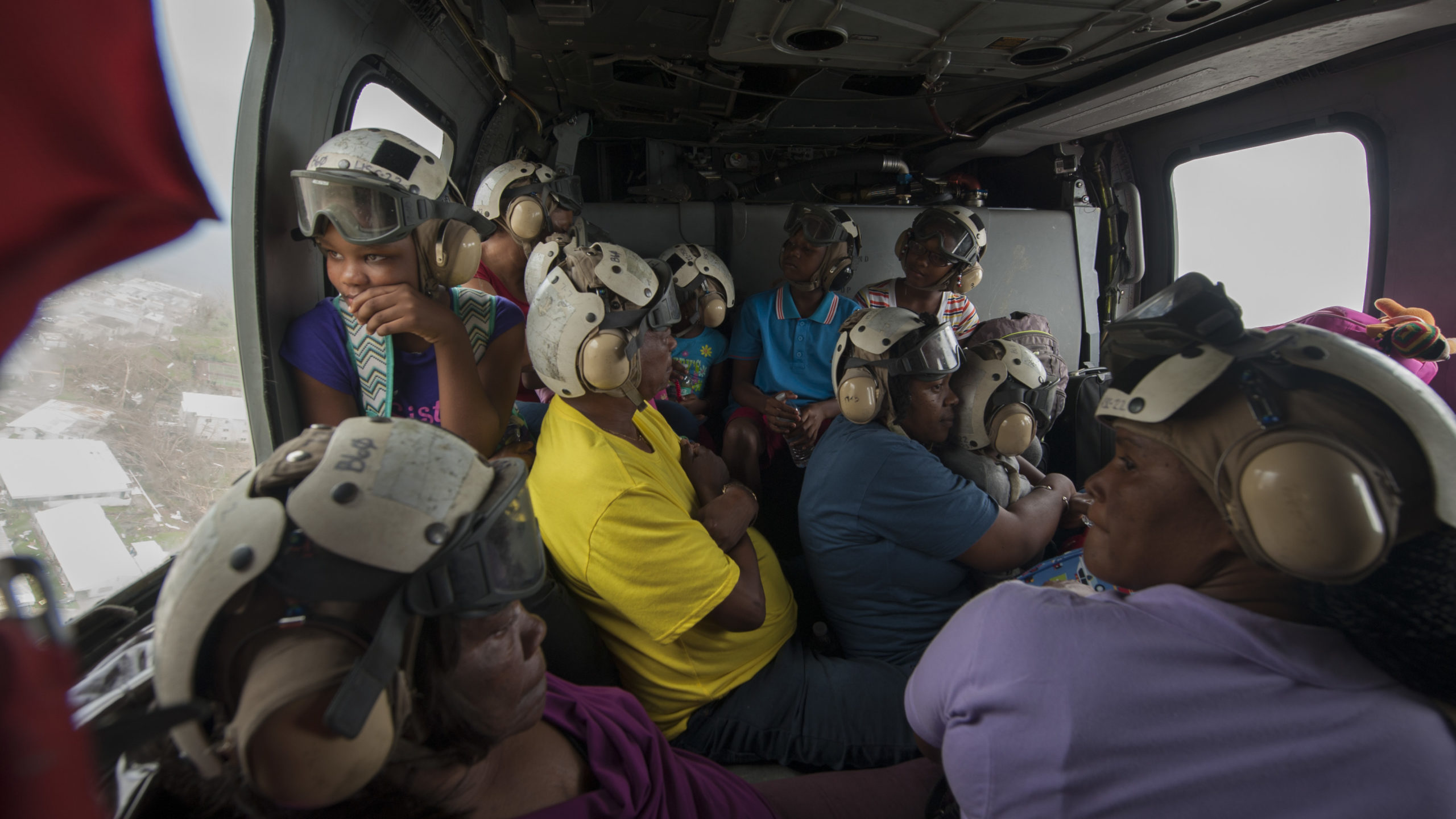Climate refugees: Supporting receiving communities
2 p.m. ET / 1 p.m. CT

After Hurricane Maria hit Puerto Rico in 2017, within the first year, about 130,000 people fled the island. More than one-third of them moved to Florida.
Seventeen years after Hurricane Katrina, 30,000 people from New Orleans remain in Houston, and tens of thousands more are displaced around the state and the remainder of the country. The city has regained only 80% of its pre-storm population.
A February 2022 report from the Intergovernmental Panel on Climate Change found that: “Over the next 30 years, 143 million people are likely to be uprooted by rising seas, drought, searing temperatures and other climate catastrophes.” Where is everyone going?
Many people are displaced within their own countries. For example, the World Bank anticipates that Bangladesh will have at least 19 million people internally displaced because of climate-related disasters by 2050. Others must flee their home nation, essentially becoming refugees. Despite its common usage, “climate refugees” are not a recognized class of people and are not protected under international refugee laws.
The Center for Disaster Philanthropy hosted a webinar to provide funders with information about the issue of climate migration, focusing on the new communities and countries that climate-displaced individuals find themselves in through planning or circumstance. Panelists examined the term “climate refugees,” discussed how receiving communities can support and prepare for climate-and disaster-displaced populations, and shared examples of existing responses.
While aimed at funders, it may also be of interest to emergency managers, academics, disaster responders and NGO staff interested in or working on disasters and other crises.
CDP Manager of Learning and Partnerships Austin Snowbarger moderated the discussion and panelists included:
Panelists:
- Jono Anzalone, Executive Director, The Climate Initiative
- Abu Sadat Moniruzzaman Khan, Climate Change Programme Head, BRAC
- Sarah Jamesen, Operations Lead at USA for IOM
This webinar was co-sponsored by the Council on Foundations, Giving Compass, The Funders Network, Philanthropy California, United Philanthropy Forum, Philanthropy New York, Alliance Magazine, Philanthropy Southeast and Charity Navigator.
Please see the slide deck, read the recap on Giving Compass and watch the webinar recording to learn more:
